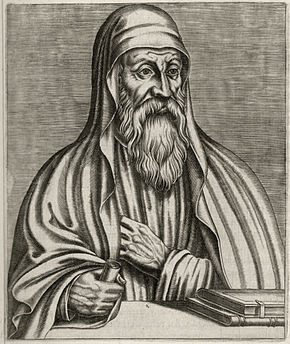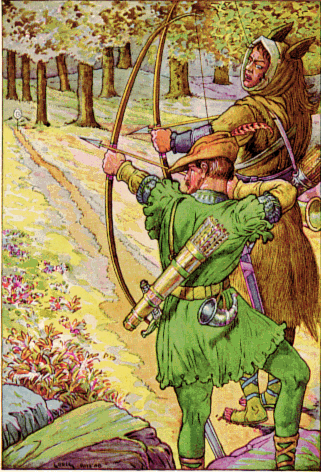
8th post in the series by Roger Parvus. The complete series is archived here.
When I presented my first contention—that the real author of the Ignatians was Peregrinus—I argued that a proto-Catholic editor/interpolator later, probably around 200 CE, made changes to the letters to disguise Peregrinus’ authorship. To make the letters acceptable for use by his church he had to remove the apostate Peregrinus from them. In the last two posts I have presented my second contention: that the branch of Christianity to which the author of the letters belonged was Apellean. If this second contention is correct, it is to be expected that the proto-Catholic editor/interpolator had to also make some doctrinal modifications to the letters. For although Apellean beliefs, compared to those of Marcion, were definitely closer to those held by the proto-Catholics, some would have still been unacceptable, especially to the proto-Catholic church of the year 200. Doctrinal positions had hardened in the 50 years that had passed since Peregrinus wrote the letters. The church was becoming more dogmatic as is evidenced by the appearance of the so-called Apostles Creed sometime toward the end of the second century. Thus the need for occasional interventions in the letters to make them safe for proto-Catholic consumption. The changes made to remove Peregrinus from the letters were often remarkably careless. We will see that some of the doctrinal corrections were careless too.
In the passages that follow I have bolded and put in brackets ( i.e. [ ] ) the parts that seem to be proto-Catholic modifications of the text. And I have put within curly braces (i.e. { } ) words that they would have had to delete to accommodate their modifications. Continue reading “[8] THE LETTERS SUPPOSEDLY WRITTEN BY IGNATIUS OF ANTIOCH: 8th post in the series”





